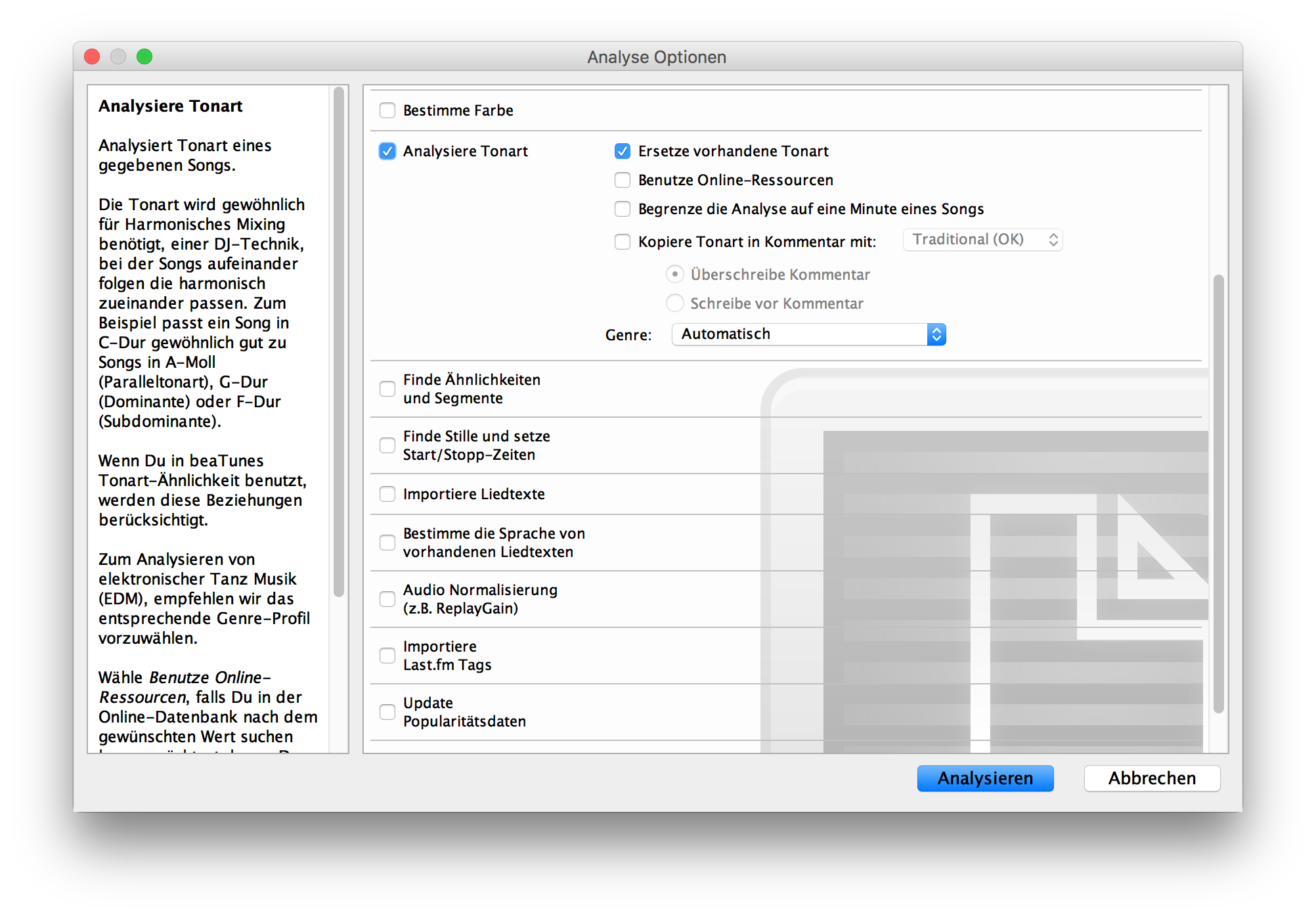

However, this study was completed under a researcher-controlled environment and as the authors explained, results may have been influenced by the Hawthorne effect. examined self-selected walking pace of inactive adults and found that when asked to walk ‘briskly’ inactive adults walked at a higher than moderate intensity for bouts of at least 10 min. However, Tudor-Locke and colleagues explained accelerometer data collected in a large, representative sample suggested that self-selected walking at a cadence equivalent to ≥100 steps/min is a rare occurrence in free-living adults. The weighted mean results from studies that observed pedestrian cadence under natural conditions ( n = 8) was 115.2 steps/min which is above the common 100 step/min target. A meta-analysis of 41 studies concluded that 143.4 cm/sec (5.16 km/h) was the normal walking pace for men aged 40–44 years which is above the moderate intensity (3 METs) speed when calculated using ACSM metabolic equations. Inactive, overweight people may struggle to attain current physical activity recommendations for health, specifically completing at least 30 min of at least moderate intensity activity. However, achieving moderate intensity may be dependent on many parameters such as cardiorespiratory fitness, motivation, and self-selected free-living pace. The 100 step per minute target is commonly promoted as a guideline to help people achieve moderate intensity. Many campaigns have attempted to use walking as a means of increasing physical activity at a population level. It is also low impact which may be particularly important for individuals who are overweight or obese. Walking is accessible and both cost and time effective.

However, it is often difficult for individuals to self-regulate physical activity intensity in a free-living environment. Current physical activity guidelines recommend that physical activity should be at least moderate intensity to elicit health benefits.

The misinterpretation regarding physical activity being a form of traditional exercise or sport may also reduce adherence particularly among at risk groups who historically do not enjoy participation in formal exercise or sporting environments.
#Beatunes tempo professional#
Lack of adherence to adequate daily physical activity is often attributed to activities and facilities being inaccessible due to geographical location, too expensive or simply not having the time due to various personal and professional commitments. Those who strive to attain physical activity recommendations for health are often challenged by adherence issues and accurate interpretation and application of the physical activity guidelines in a real-life setting. Many adult populations find it difficult to introduce and maintain increased physical activity behaviours into their daily routine. Physical activity is often prescribed as a method to improve population health by lowering obesity, improving glucose control, and reducing cardiovascular disease and type II diabetes mellitus risk. Globally, overweight and obesity continue to influence morbidity and mortality rates. It also appears that results may be trainable as throughout the study an increased habitual walking cadence was observed, in the absence of music. Music tempo may be a useful regulatory tool to prompt the free-living individual to reach an appropriate stride rate to achieve a walking pace that is at least moderate intensity. A repeated measures general linear model (GLM) examined differences between groups over time ( p 0.05 120 ± 10, 116 ± 13, 119 ± 12 and 119 ± 9 steps/min respectively). Cadence response (steps/min) was assessed and intensity (heart rate (bpm) recorded using wireless telemetry. At baseline, four-, six- and nine-months participants were asked to walk around an elliptical track at their habitual pace (0–2 min) and then in time to a predetermined tempo (2–8 min) designed to elicit moderate intensity. IG participants walked to self-selected music with a predetermined tempo and received a behavioural change support programme. Overweight adults ( n = 37 94.26 ± 17.11 kg 49.63 ± 12.37 years) were randomly assigned to an intervention (IG, n = 17) or usual care group (UC, n = 20) as part of a novel nine-month walking intervention. This study investigated if music tempo can prompt a desired walking cadence, and if music can provide a stimulus to regulate physical activity intensity in a longitudinal physical activity intervention with free-living adults.


 0 kommentar(er)
0 kommentar(er)
